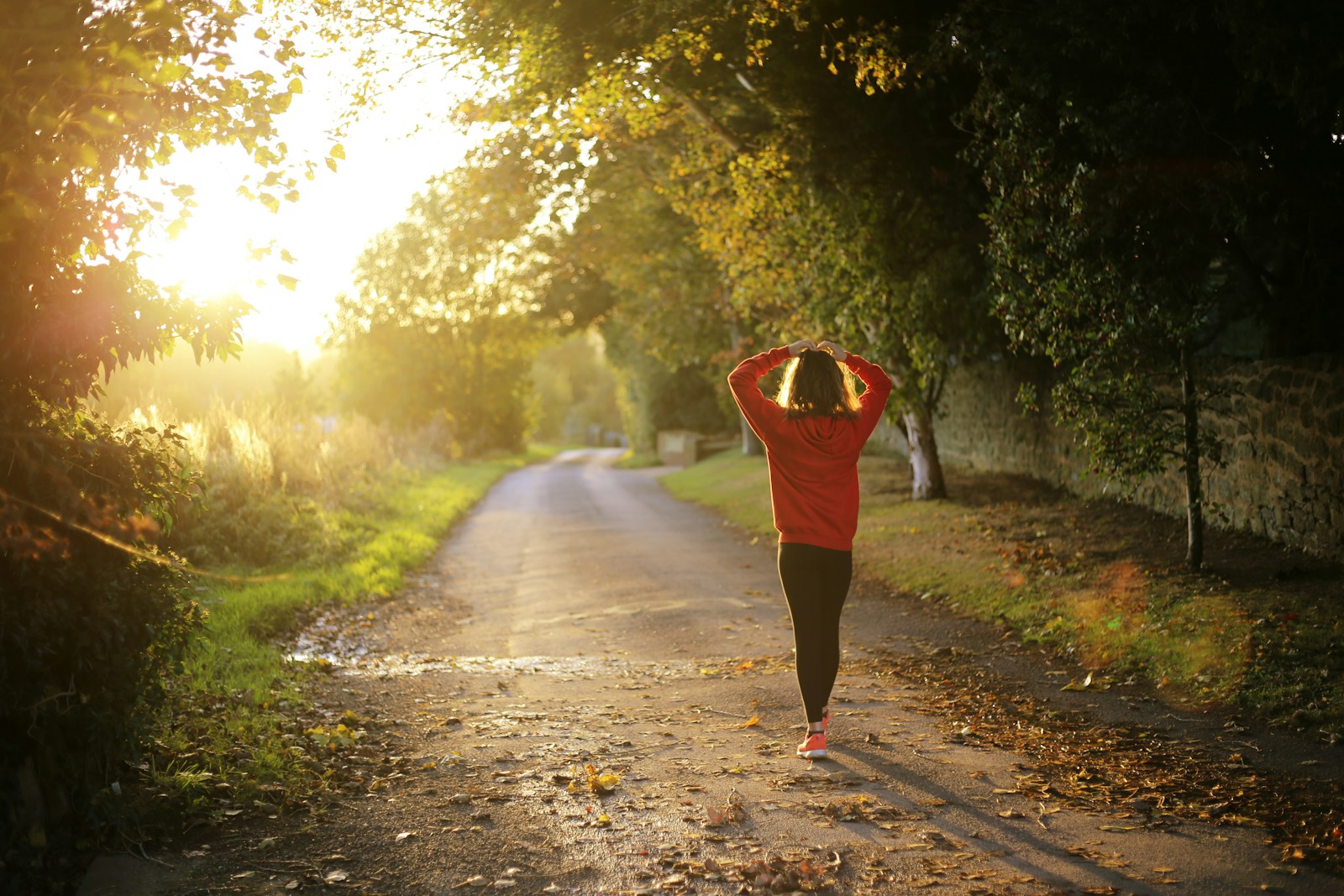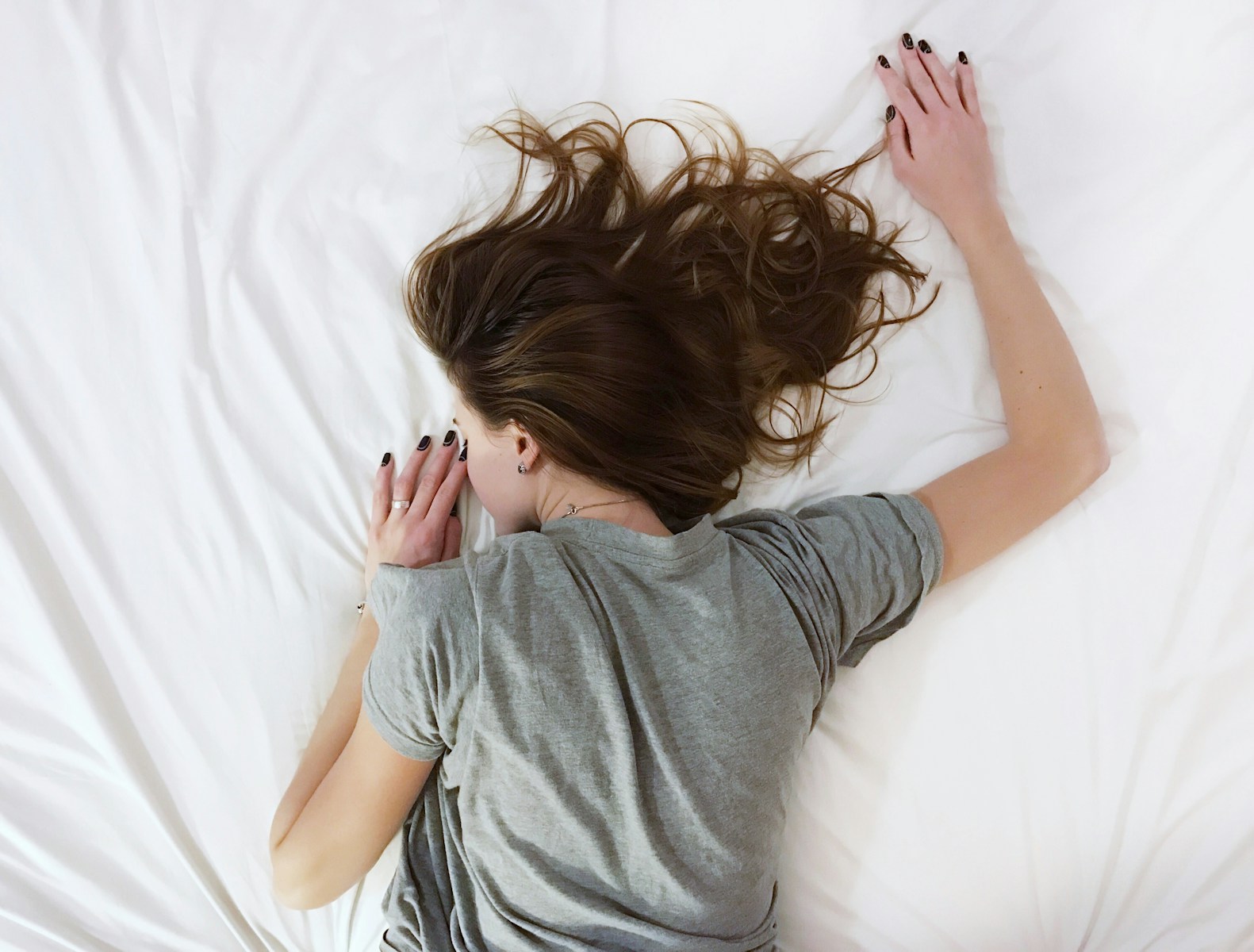In recent years, the intersection of technology and health has given rise to a burgeoning field known as sleep technology. This domain encompasses a wide array of devices, applications, and systems designed to enhance the quality of sleep, monitor sleep patterns, and ultimately improve overall well-being. As society becomes increasingly aware of the importance of sleep for physical and mental health, the demand for innovative solutions to address sleep-related issues has surged.
Sleep technology is not merely a trend; it represents a significant shift in how we understand and manage our sleep. The advent of sleep technology has been fueled by a growing body of research that highlights the critical role sleep plays in various aspects of health, including cognitive function, emotional regulation, and physical performance. With sleep disorders affecting millions globally, from insomnia to sleep apnea, the need for effective interventions has never been more pressing.
As a result, companies and researchers are investing heavily in developing tools that can help individuals achieve better sleep quality. This article will explore various facets of sleep technology, including wearable trackers, smart mattresses, sleep-inducing apps, and more, providing insights into how these innovations are shaping our approach to rest and recovery.
Key Takeaways
- Sleep technology encompasses a wide range of devices and apps designed to improve sleep quality and overall wellness.
- Wearable sleep trackers offer convenient and non-invasive ways to monitor sleep patterns and provide insights for better sleep habits.
- Smart mattresses and sleep systems utilize advanced technology to adjust firmness, temperature, and other factors to optimize sleep conditions.
- Sleep-inducing apps and devices use sound, light, and other methods to promote relaxation and help users fall asleep faster.
- Sleep-tracking apps and software provide detailed analysis of sleep patterns and offer personalized recommendations for better sleep.
Wearable Sleep Trackers
Wearable sleep trackers have emerged as one of the most popular segments within the realm of sleep technology. These devices, often worn on the wrist or as headbands, utilize sensors to monitor various physiological parameters during sleep. By tracking metrics such as heart rate variability, movement, and even blood oxygen levels, these wearables provide users with a comprehensive overview of their sleep patterns.
For instance, devices like the Fitbit Charge series and the Oura Ring have gained acclaim for their ability to deliver detailed insights into sleep stages—light, deep, and REM—allowing users to understand not just how long they slept but also the quality of that sleep. The data collected by these wearables can be invaluable for individuals seeking to improve their sleep hygiene. For example, a user might discover that their sleep quality deteriorates on nights when they consume caffeine late in the day or engage in vigorous exercise before bedtime.
Armed with this information, they can make informed lifestyle adjustments to enhance their nightly rest. Moreover, many wearable trackers come equipped with companion apps that offer personalized recommendations based on the user’s data, creating a tailored approach to improving sleep habits.
Smart Mattresses and Sleep Systems
Smart mattresses represent another significant advancement in sleep technology, integrating various features designed to optimize comfort and support during sleep. These mattresses often come equipped with adjustable firmness settings, temperature control capabilities, and even built-in sensors that monitor sleep quality. For instance, brands like Sleep Number and Tempur-Pedic have developed mattresses that allow users to customize their sleeping experience according to their preferences.
The ability to adjust firmness levels can be particularly beneficial for couples who may have differing comfort needs. In addition to comfort adjustments, smart mattresses often include features that promote better sleep hygiene. Some models are designed to track users’ movements throughout the night and provide feedback on their sleeping positions.
This data can help individuals identify patterns that may contribute to discomfort or disrupted sleep. Furthermore, many smart mattresses are compatible with other smart home devices, allowing users to create an integrated sleep environment. For example, a smart mattress might work in conjunction with smart lighting systems to gradually dim lights as bedtime approaches, signaling the body that it is time to wind down.
Sleep-Inducing Apps and Devices
| App/Device | Features | User Ratings |
|---|---|---|
| Headspace | Meditation, Sleep Sounds | 4.8/5 |
| Calm | Guided Meditations, Sleep Stories | 4.7/5 |
| Sleep Cycle | Sleep Tracking, Smart Alarm | 4.5/5 |
| White Noise Lite | Various White Noise Sounds | 4.6/5 |
The proliferation of smartphones has paved the way for a variety of sleep-inducing apps and devices aimed at helping users relax and prepare for restful slumber. These applications often incorporate techniques such as guided meditation, soothing soundscapes, and breathing exercises designed to reduce anxiety and promote relaxation. Popular apps like Calm and Headspace offer a range of features tailored specifically for improving sleep quality.
Users can select from a library of bedtime stories or calming sounds that help create an atmosphere conducive to falling asleep. In addition to mobile applications, there are also dedicated devices designed to facilitate better sleep. For example, white noise machines have gained popularity for their ability to mask disruptive sounds that might otherwise interrupt sleep.
These devices produce a consistent sound that can help create a calming environment, making it easier for individuals to drift off. Some advanced models even allow users to customize sound profiles or integrate with smart home systems for added convenience.
Sleep-Tracking Apps and Software
Sleep-tracking apps have become an essential tool for individuals looking to gain insights into their sleeping habits without the need for specialized hardware. These applications utilize smartphone sensors to monitor movement and sound during the night, providing users with valuable data about their sleep patterns. Popular apps like Sleep Cycle and Pillow analyze this data to generate reports on sleep duration, quality, and efficiency.
By leveraging algorithms that assess when users are in lighter stages of sleep, these apps can even wake them at optimal times within a designated window, promoting a more refreshing wake-up experience. The integration of artificial intelligence into these apps has further enhanced their capabilities. Many modern sleep-tracking applications can learn from user behavior over time, offering personalized insights and recommendations based on historical data.
For instance, if an app detects that a user consistently sleeps poorly after consuming alcohol or engaging in late-night screen time, it may suggest adjustments to their evening routine. This level of personalization empowers users to take control of their sleep health actively.
Sleep-Improving Gadgets and Tools
Beyond wearables and apps, a variety of gadgets and tools have emerged in the market aimed at improving sleep quality through innovative design and technology. One notable example is the use of light therapy devices that simulate natural sunlight exposure. These devices can help regulate circadian rhythms by providing bright light in the morning or during periods of low natural light exposure.
This is particularly beneficial for individuals who struggle with seasonal affective disorder (SAD) or those who work irregular hours. Another category of sleep-improving tools includes aromatherapy diffusers that disperse essential oils known for their calming properties. Scents like lavender and chamomile have been shown to promote relaxation and improve sleep quality.
By incorporating these diffusers into a bedtime routine, individuals can create an environment that fosters tranquility and prepares the mind for rest. Additionally, some gadgets combine multiple functions; for instance, smart alarm clocks may integrate light therapy with soothing sounds or guided meditations to create a holistic approach to improving sleep.
Future Trends in Sleep Technology
As technology continues to evolve at an unprecedented pace, the future of sleep technology holds exciting possibilities. One emerging trend is the integration of artificial intelligence (AI) into various sleep solutions. AI-driven algorithms can analyze vast amounts of data from wearables and apps to provide increasingly accurate insights into individual sleep patterns.
This could lead to more personalized recommendations tailored not only to improve sleep quality but also to address specific health concerns related to sleep. Moreover, advancements in non-invasive monitoring technologies may pave the way for more sophisticated solutions in diagnosing and treating sleep disorders. For instance, researchers are exploring the use of advanced sensors embedded in bedding materials that can continuously monitor vital signs without requiring users to wear additional devices.
This could revolutionize how conditions like sleep apnea are diagnosed and managed by providing real-time data on breathing patterns during the night.
The Impact of Sleep Technology on Health and Wellness
The impact of sleep technology on health and wellness is profound and multifaceted. By providing individuals with tools to monitor and improve their sleep quality, these innovations empower users to take charge of their health in ways previously unimaginable. Improved sleep has been linked to numerous benefits, including enhanced cognitive function, better emotional regulation, and improved physical health outcomes such as reduced risk of chronic diseases.
Furthermore, as awareness grows regarding the importance of mental health in relation to sleep quality, technology plays a crucial role in bridging this gap. Many individuals experience anxiety or stress that disrupts their ability to fall asleep; thus, tools designed for relaxation—such as meditation apps or calming sound machines—can serve as vital resources for managing these challenges. The integration of technology into our understanding of sleep not only enhances individual well-being but also contributes to broader public health initiatives aimed at promoting healthier lifestyles through better rest practices.





